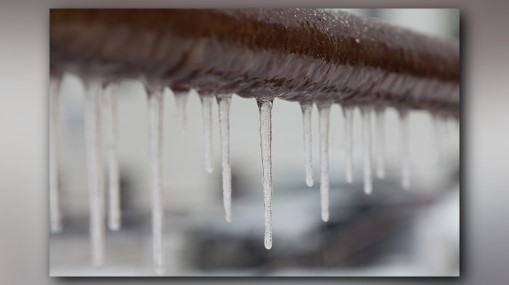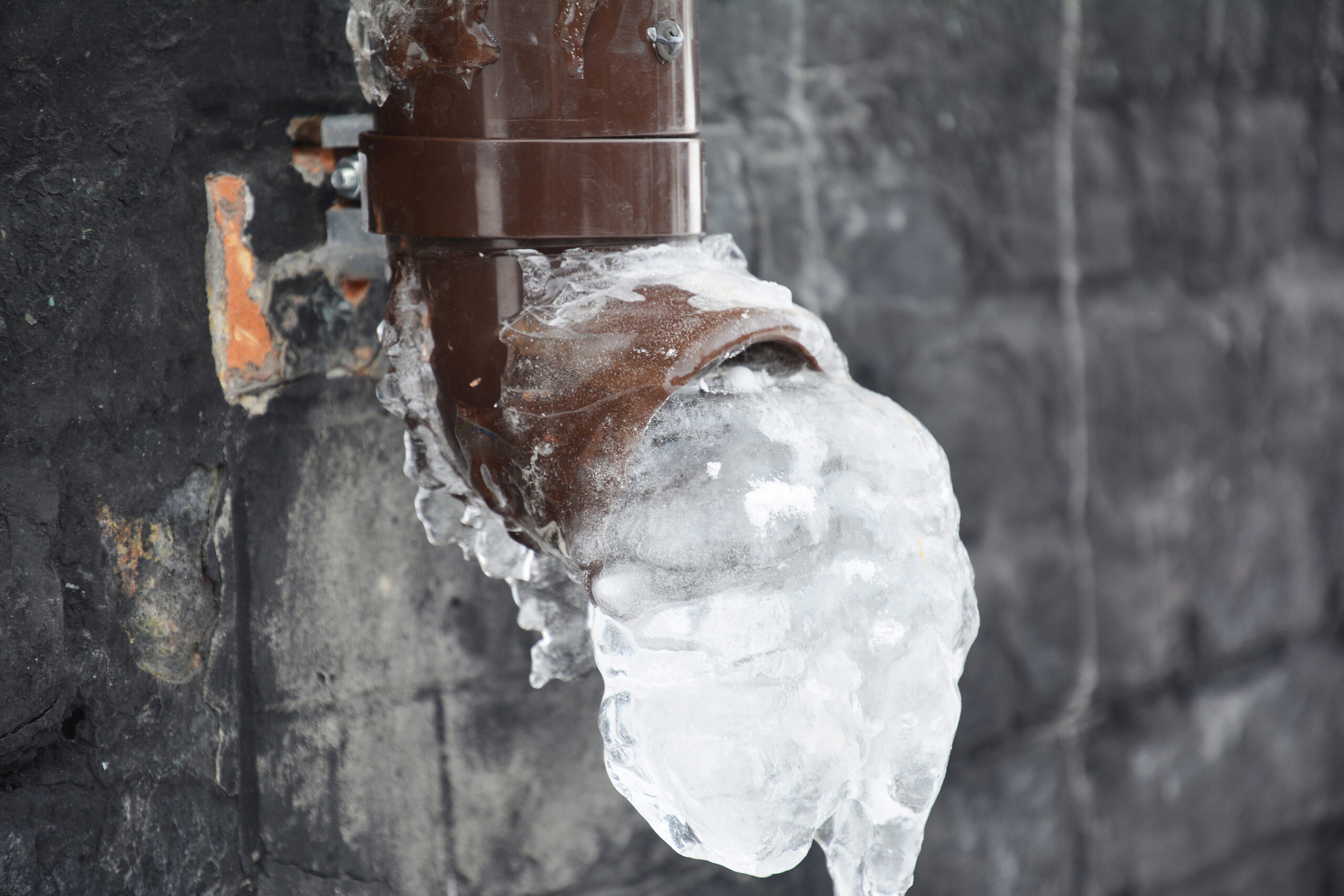Ways to Maintain Your Pipes from Freezing Issues: Essential Advice
Book A Service CallWere you on the lookout for guidance involving Prevent Frozen Pipes ?

Cold weather can ruin your plumbing, specifically by freezing pipes. Below's how to stop it from occurring and what to do if it does.
Intro
As temperatures decline, the risk of frozen pipelines rises, potentially leading to expensive fixings and water damage. Understanding exactly how to avoid icy pipes is important for home owners in cool climates.
Prevention Tips
Insulating prone pipelines
Cover pipelines in insulation sleeves or make use of warmth tape to safeguard them from freezing temperatures. Focus on pipelines in unheated or external locations of the home.
Home heating strategies
Maintain indoor rooms appropriately warmed, specifically locations with plumbing. Open up closet doors to permit warm air to circulate around pipes under sinks.
Exactly how to recognize icy pipes
Look for decreased water circulation from faucets, unusual smells or sounds from pipes, and visible frost on exposed pipes.
Long-Term Solutions
Structural changes
Think about rerouting pipelines far from outside wall surfaces or unheated locations. Add extra insulation to attics, basements, and crawl spaces.
Upgrading insulation
Invest in high-grade insulation for pipes, attics, and walls. Appropriate insulation aids keep consistent temperatures and minimizes the threat of icy pipelines.
Protecting Outdoor Plumbing
Garden hoses and outdoor faucets
Separate and drain pipes yard tubes prior to wintertime. Set up frost-proof faucets or cover outdoor faucets with protected caps.
Recognizing Icy Pipes
What creates pipelines to freeze?
Pipes freeze when subjected to temperatures below 32 ° F (0 ° C) for prolonged durations. As water inside the pipes ices up, it broadens, taxing the pipeline walls and possibly creating them to rupture.
Risks and problems
Frozen pipes can lead to water disruptions, property damages, and pricey repairs. Ruptured pipes can flooding homes and create extensive structural damage.
Signs of Frozen Water Lines
Identifying icy pipes early can prevent them from bursting.
What to Do If Your Pipes Freeze
Immediate activities to take
If you suspect icy pipelines, keep faucets open to eliminate pressure as the ice thaws. Use a hairdryer or towels taken in hot water to thaw pipes gradually.
Verdict
Protecting against frozen pipelines needs proactive measures and fast actions. By comprehending the reasons, signs, and preventive measures, home owners can protect their plumbing throughout winter.
5 Ways to Prevent Frozen Pipes
Drain Outdoor Faucets and Disconnect Hoses
First, close the shut-off valve that controls the flow of water in the pipe to your outdoor faucet. Then, head outside to disconnect and drain your hose and open the outdoor faucet to allow the water to completely drain out of the line. Turn off the faucet when done. Finally, head back to the shut-off valve and drain the remaining water inside the pipe into a bucket or container. Additionally, if you have a home irrigation system, you should consider hiring an expert to clear the system of water each year.
Insulate Pipes
One of the best and most cost-effective methods for preventing frozen water pipes is to wrap your pipes with insulation. This is especially important for areas in your home that aren’t exposed to heat, such as an attic. We suggest using foam sleeves, which can typically be found at your local hardware store.
Keep Heat Running at 65
Your pipes are located inside your walls, and the temperature there is much colder than the rest of the house. To prevent your pipes from freezing, The Insurance Information Institute suggests that you keep your home heated to at least 65 degrees, even when traveling. You may want to invest in smart devices that can keep an eye on the temperature in your home while you’re away.
Leave Water Dripping
Moving water — even a small trickle — can prevent ice from forming inside your pipes. When freezing temps are imminent, start a drip of water from all faucets that serve exposed pipes. Leaving a few faucets running will also help relieve pressure inside the pipes and help prevent a rupture if the water inside freezes.
Open Cupboard Doors
Warm your kitchen and bathroom pipes by opening cupboards and vanities. You should also leave your interior doors ajar to help warm air circulate evenly throughout your home.

I was shown that report about How To Avoid Freezing Pipes from a good friend on another web blog. If you enjoyed our blog post please remember to pass it around. I value reading our article about Helpful Tips to Prevent Frozen Pipes this Winter.
Browse Our Site